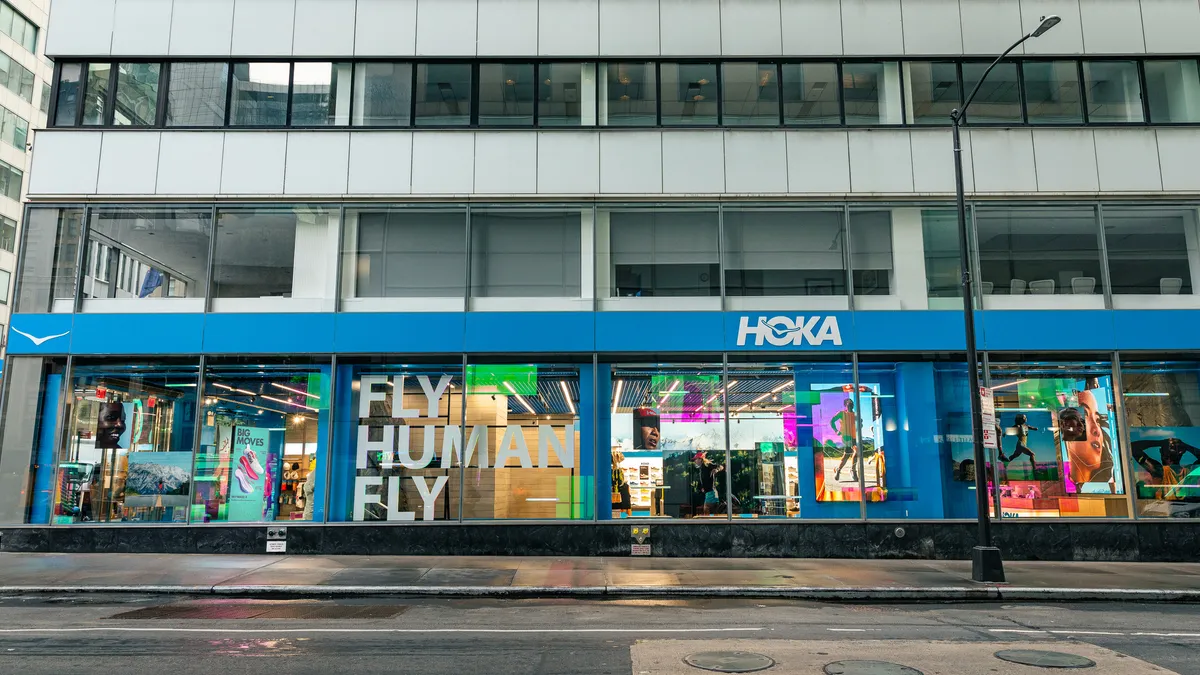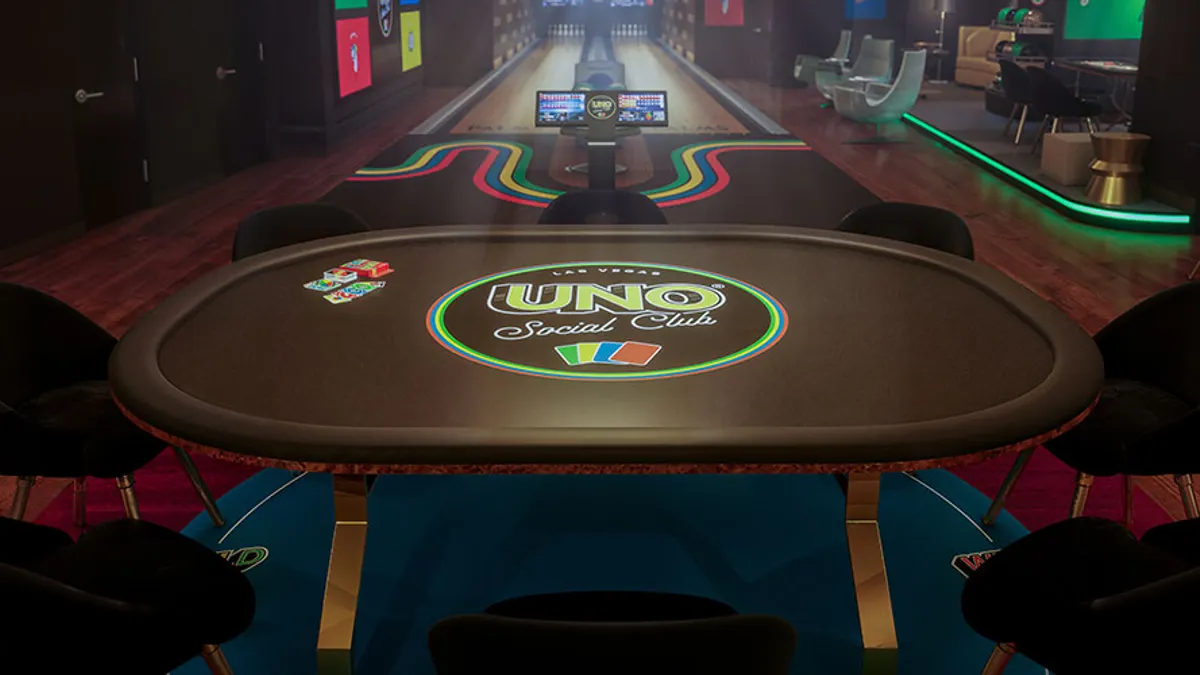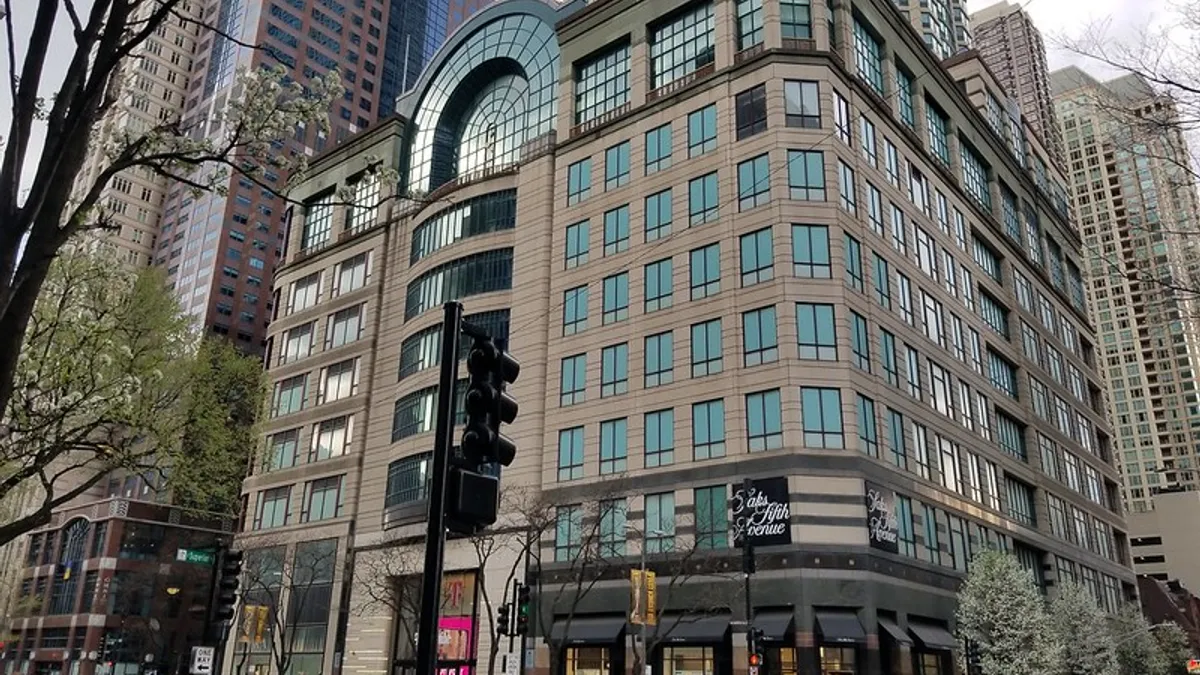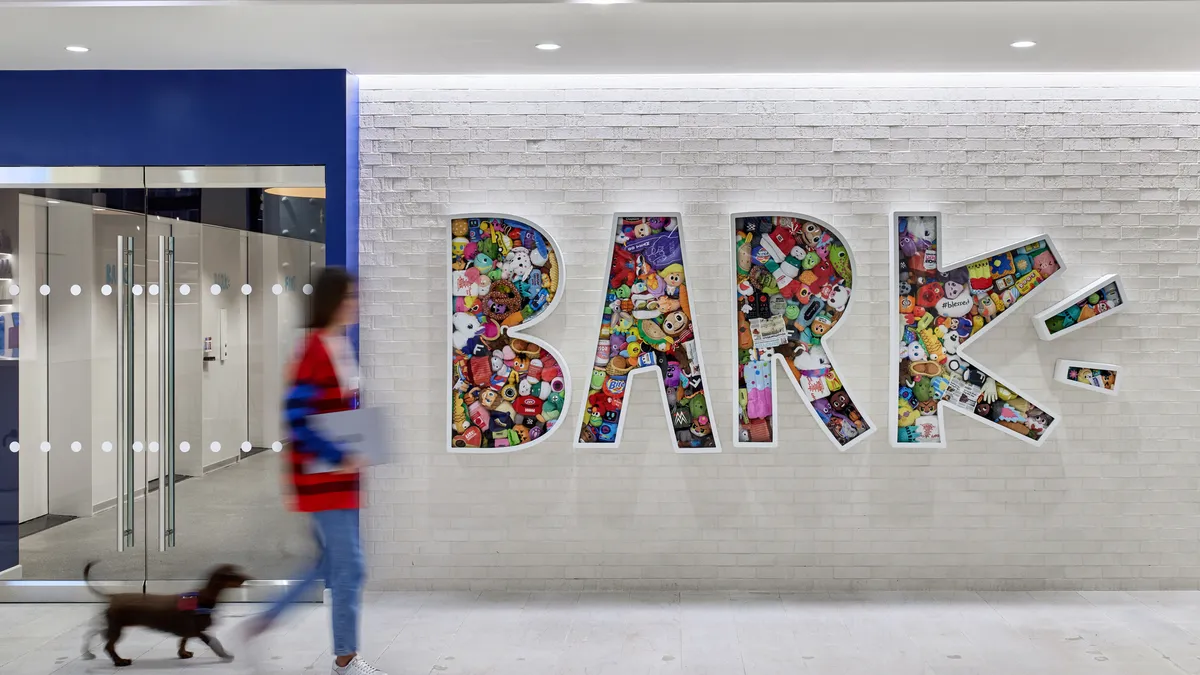With much of the country cooped up inside by government order or by choice, GameStop says it is one of the beneficiaries of the strange, risky new world created by the spread of COVID-19.
"As millions of consumers adapt to remote work, play, and learning, we're pleased to be able to serve their needs," CEO George Sherman told analysts Thursday, according to a Motley Fool transcript. "In fact, we've seen an increase in store and online traffic over the past few weeks. We remain committed to continuing to meet those needs in a safe environment."
CFO Jim Bell said that global comparable sales over the first few weeks of March had risen 2% due to increased demand. And that was despite closed GameStop stores across most of its European footprint.
The sales lift comes after a punishing year for the gaming retailer, which got caught off guard by the depth of consumer pullback on new game purchases as gamers await the next generation of consoles and digital products reshape the landscape.
GameStop reported last week that its comparable sales fell a dizzying 26.1% in the fourth quarter and 19.4% for the full fiscal 2019 year. But even as the retailer's sales were decimated, it managed to generate positive operating and net income and pay off $401 million in debt.
Pandemic response
GameStop's response to the COVID-19 pandemic has changed as the disease races across the U.S. and the retail industry has responded by closing stores en masse in an effort to slow it.
According to reporting from Vice, GameStop initially told employees to inform local authorities in areas where non-essential retail was shutting down that the gaming retailer should be "classified as essential retail and therefore is able to remain open during this time." In explaining why the company considered itself essential, the company told Vice in a statement that along with gaming products "we also offer a wide array of products and devices that are important to facilitate remote work, distance learning, and virtual connectivity."
Days after the Vice report, GameStop announced it would temporarily close its storefronts in the U.S. and shift to digital-only ordering and curbside pickup at stores. Employees who lost hours in the shift were given an additional two weeks of pay.
Sherman told analysts that across the company employees during the pandemic were working only on a voluntary basis. "So it begins with a team member that wants to be there. It generally is single staffing in most cases," he said.
Sales have continued to tick up with the new contactless operational model. But the company acknowledges there is uncertainty around the pandemic's effects over the longer term. "As we all clearly understand, the COVID-19 pandemic has added significant complexity to the business," Bell said last week. Sherman said that "the situation remains fluid with each day bringing new information."
The company as a whole — like many other retailers — has suspended its guidance, offering investors no estimates on its performance for the year. GameStop cited general uncertainty and said that it was suspending its guidance "[d]espite increased demand since the outbreak began as millions of consumers look to GameStop for products that support remote and virtual work and learn settings."
Uncertainty ahead
GameStop had plenty of uncertainty and disruption to deal with before a pandemic disrupted the entire retail industry.
The company's stock price fell by more than half over the course of a year, and its credit rating was downgraded earlier this year by both Moody's and S&P. Sherman acknowledged that 2019 "was a challenging year as we entered the low point in demand for the current console cycle."
GameStop's Q4 performance
| Metric | Q4 | YoY |
|---|---|---|
| Net sales | $2.2 billion | -28.4% |
| Comparable sales | -26.1% | -19.4% |
| Operating income | $75.2 million | +$307.3 million |
| Gross margin rate | 27.2%% | +280 BPS |
| Net income | $21 million | +$208.7 million |
| Long-term debt | $419.8 million | -11% |
Source: GameStop press release, Motley Fool transcript.
The company's challenges extend beyond the product cycle. Moody's Vice President Adam McLaren cited "[s]ustained competitive threats from downloadable, streaming, and subscription gaming services" as well as risks from its turnaround efforts. S&P analysts said the company might have to take on high levels of capital spending to "migrate the business away from core video game retailing" as much of the category digitizes.
The long-term concern is that GameStop, as the last remaining specialist in its category, with product migrating to another physical form and competition from generalists, goes the way of Blockbuster.
For its part, the company is trying to navigate both a short-term and long-term turnaround. "We are steadfast in our mission to accelerate the changes needed to our operating model to position the company to capitalize on the way consumers are shopping and gaming today," Sherman said.
That includes testing new experiential elements at its stores, a new web platform, omnichannel services like pick-up and growing its collectibles business. GameStop is piloting 12 stores in Oklahoma in an effort to reinvent itself as a "social and cultural hub of gaming." Sherman said that management was "pleased with some of the initial discoveries." The retailer, like others, is leaning on its loyalty program, which launched new benefits in November. It's also working with vendors on products and to test digital revenue.
Jeffries analysts led by Stephanie Wissink also pointed out that GameStop reduced its inventory 31% compared to its top-line sales drop of 28%. That is an important hedge against discounting and margin losses.
The Jeffries analysts also noted GameStop's margin mix has improved, its store fleet has shrunk (by 321 stores last year), and the company is cutting costs (by $130 million in 2019). But they also noted the company's top-line and comparable sales missed analyst estimates.
Amid its myriad challenges, including disruption from the COVID-19 pandemic, GameStop has in its favor a strong balance sheet (something Blockbuster didn't have when it faced a changing media landscape) with $420 million in long-term debt.
The company has said in the past it has mostly relatively short lease terms, which could provide a quick exit if sales head further south. The company also spent nearly $200 million on share buybacks and $40.5 million dividends to investors — cash the company could use to float its operations in a crisis.






















